Picture books aren’t just for little kids. Some of the best books my family has read are illustrated children’s books intended for a young audience but well-suited for educating and entertaining tweens, teens, and even adults. In fact, my deep interest in Black history was initially nurtured entirely by my exposure to African American biographies read aloud to my kids.
Because picture books are so valuable, I’ve used them throughout all of my Heritage Packs to help tell stories of African culture/geography, Black history, and the African American experience. Some of the packs target upper elementary and young middle school students, and over the years, I’ve received inquiries from several parents who are concerned that the books aren’t hard enough for their advanced readers.

Books that stretch an adolescent’s reading ability certainly have their place. Without the ability to understand and enjoy dense or “stiff” books with more complex themes and vocabulary, our children risk missing out on a body of spectacular literature from which to grow and relish. Progressive reading comprehension throughout an education (and ongoing through life, really) is a worthy goal, not something that I ignore.
However, every book our kids read doesn’t have to stretch their reading abilities. That may be a goal for reading instruction, but it’s not the sole purpose of reading. There are other equally, if not more, important reasons for children to pursue a variety of books. For picture books in particular, I’ve found the benefits for older students to be plentiful.
Beautiful stories and illustrations are enjoyable. I do nature study with my kids, but we all enjoy hikes taken “just because,” with no other purpose than pure enjoyment. The fresh air, trees to climb, creeks to explore, the evident beauty in changing seasons, the quiet sounds and crackling noises, the wonder of God’s creation. We don’t only take hikes to study things, and the same is true for stories. Books open doors to creative thinking and become invitations to dream. They’re forms of entertainment and fun (to many who haven’t been robbed of the love of reading). If books are friends, well-written illustrated books are delightful ones that everyone enjoys spending time with. They’re the life of the party!
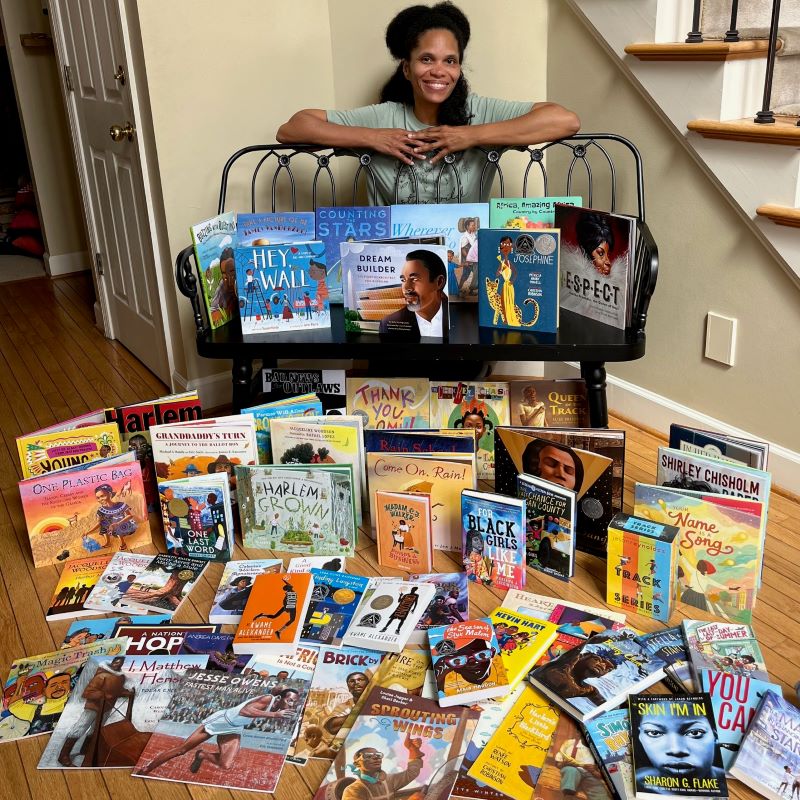
A picture is worth a thousand words. The illustrations communicate additional information and ideas not conveyed in the author’s words. They help readers better understand the people, places, and things described in the text. The best literary art also exposes readers of all ages to beautiful images and the various ways they can be used to communicate. Illustrators are storytellers as much as the authors themselves, and the appreciation of visual imagery is not something we outgrow.
Shorter biographies allow readers to “meet” more people. Chapter book biographies and memoirs are vital aspects of my children’s education. There’s so much to learn through the lives and times of extraordinary and ordinary people, and longer narratives allow us to spend considerable time with a single person, getting to know them most intimately. But we can only read so much, and the picture book format permits us to learn about a vast array of wild and mild people of today and years past. The ones that interest a child most can sometimes be followed by a longer book with more details. But sometimes that’s not an option because…
Some biographies are only available as picture books. If older children are denied the opportunity to read them, they simply won’t learn about those people at all. Given the growth that comes from reading about the struggles, contributions, and triumphs of people across time and around the globe, missing out on many of their stories due to a parental roadblock would be unfortunate.
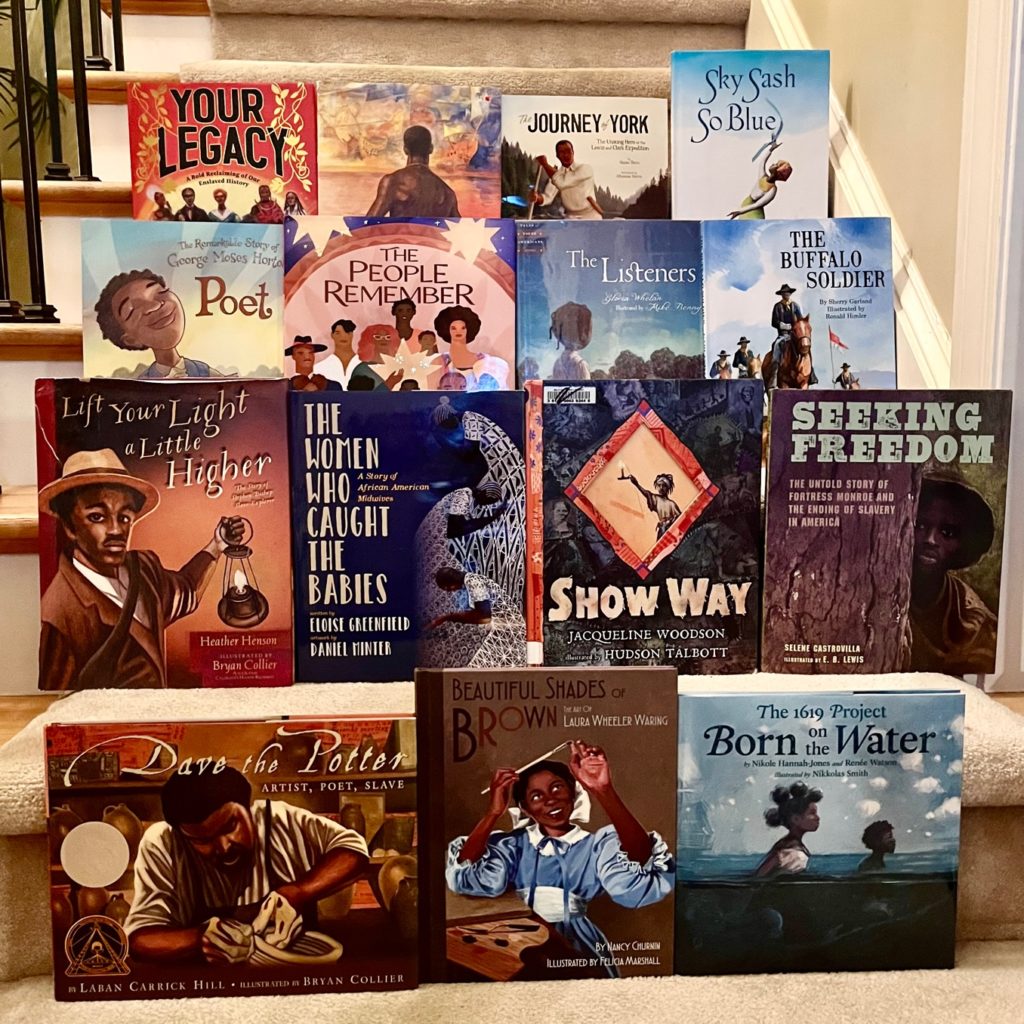
Illustrated stories are fantastic mirrors and windows. One concern I’ve heard from parents who are inspired to diversify their children’s education but feel bogged down by the heavy academic load their children already carry is that they find it hard to fit in additional books not included in their curriculum. I have much to say about this in a future post, but for now, I’ll just point out that picture books go a long way to bridging the gap in these instances. Their length and inherent joy factor make them easy to slip in throughout the day – morning, noon, or night.
Many picture books contain incredibly rich vocabulary and imagery. I’ll even go as far as saying that there are many picture books that far outpace some popular chapter books in terms of literary quality. Children’s authors know that they have a limited time to get to the point, make a reader care, and leave them with an impression. Because of this, they tend to perseverate on every single word, making each line and page prove its worth.
Family-style reading is made easier. My kids range from early elementary to high school, and all of them enjoy the special picture books I read aloud during or immediately following breakfast many days of the week. And though my littlest guy does love listening to chapter books aimed at his older siblings, it’s not always appropriate for him to do so. Really good picture books are good for the entire family, and that makes them an excellent way of pulling everyone together for a shared experience, even when time is short.
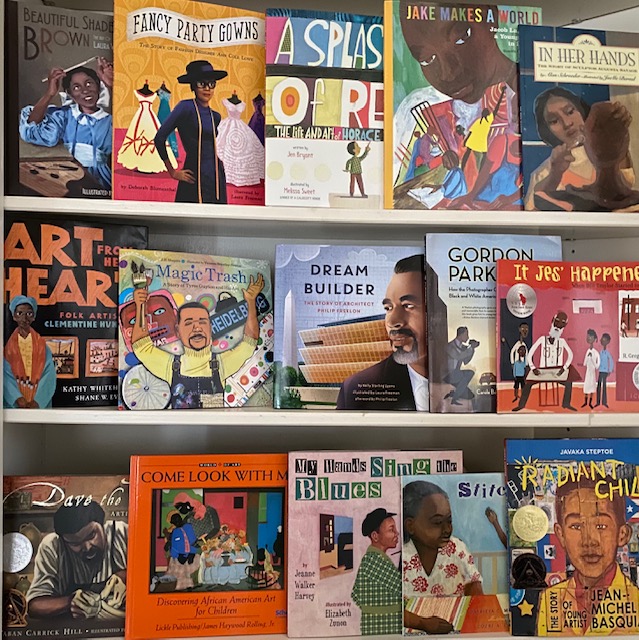
Parents crave easy ways to fill knowledge gaps. You would be shocked to learn how little I knew about… everything (cringe)… before having children and reading aloud to them. Of all the things I’ve learned as a homeschooling mother, the importance of books and reading to my children is among the chief takeaways. I started doing it because I knew my children would benefit greatly, but the growth I’ve experienced in the process has been an absolute treasure.
I could go on, but I think my point is made. Excellent picture books, or illustrated children’s books, are for everyone, regardless of the publisher’s target ages or their location on the library’s shelves. So whether you’re diving into a Heritage Pack with an older student, searching for new titles on Biblioguides or Stories of Color, or perusing the shelves at your local indie bookseller, be bold with including a healthy heaping of literary and artistic beauty in your plans for tweens and adolescents.
You can find me recommending great books on Instagram @heritagemomblog. See you there!
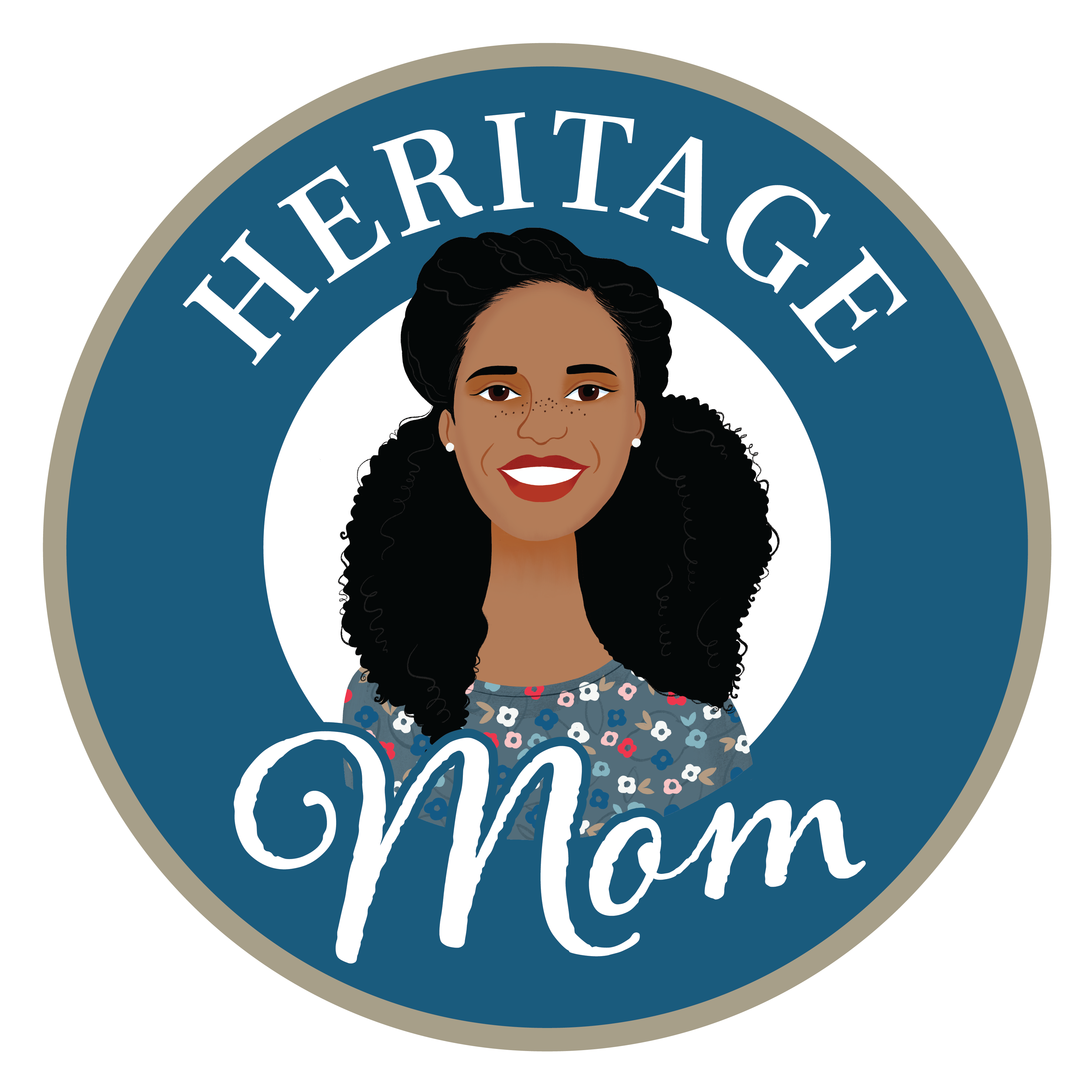


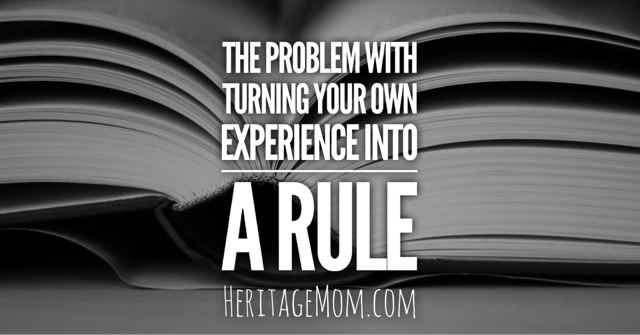
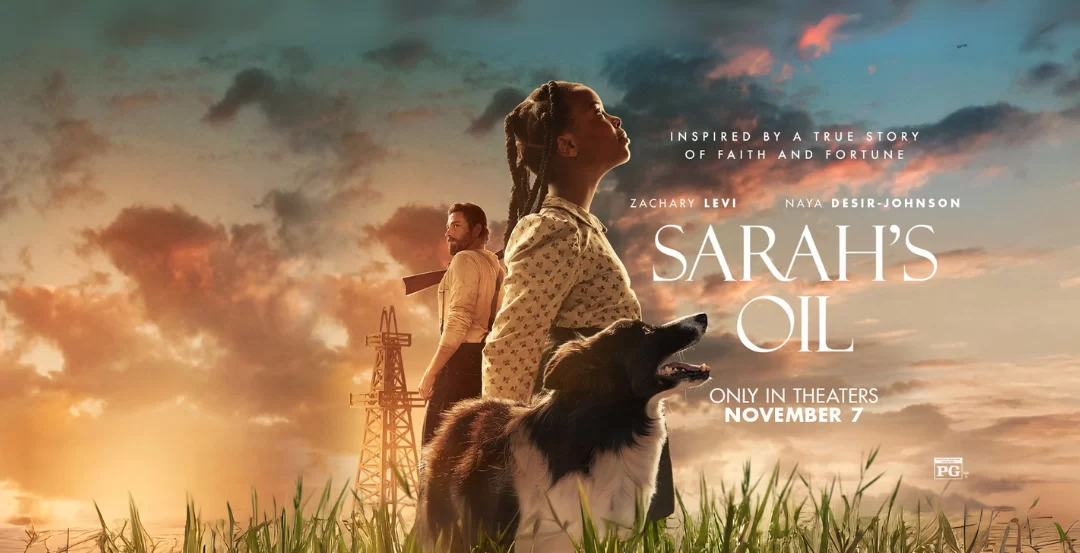

I’m a lawyer and ordained clergy, so I don’t mind picking up hard books. But when I want a general introduction to a subject, like a country that I know nothing about or a person I haven’t studied, I will usually start with a couple of children’s books. For all the reasons you articulated above, I think that’s a great way to start learning!
I’m so glad that you agree!